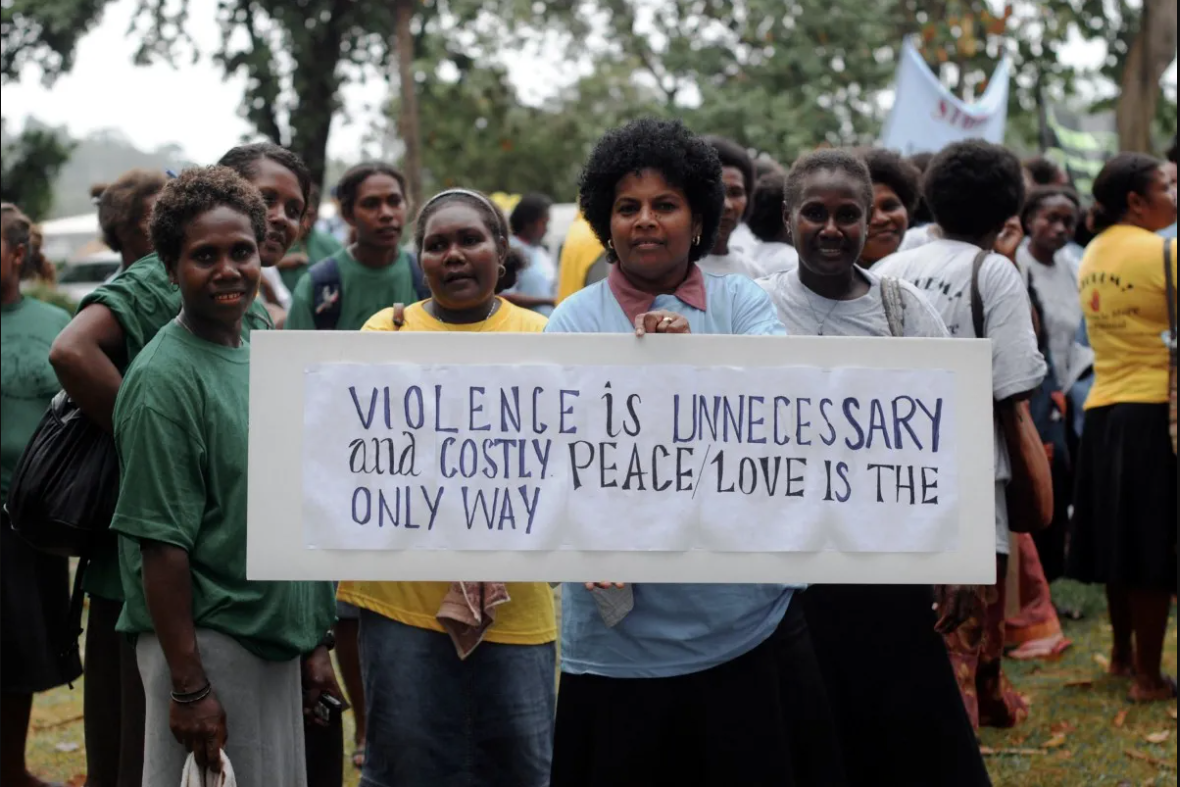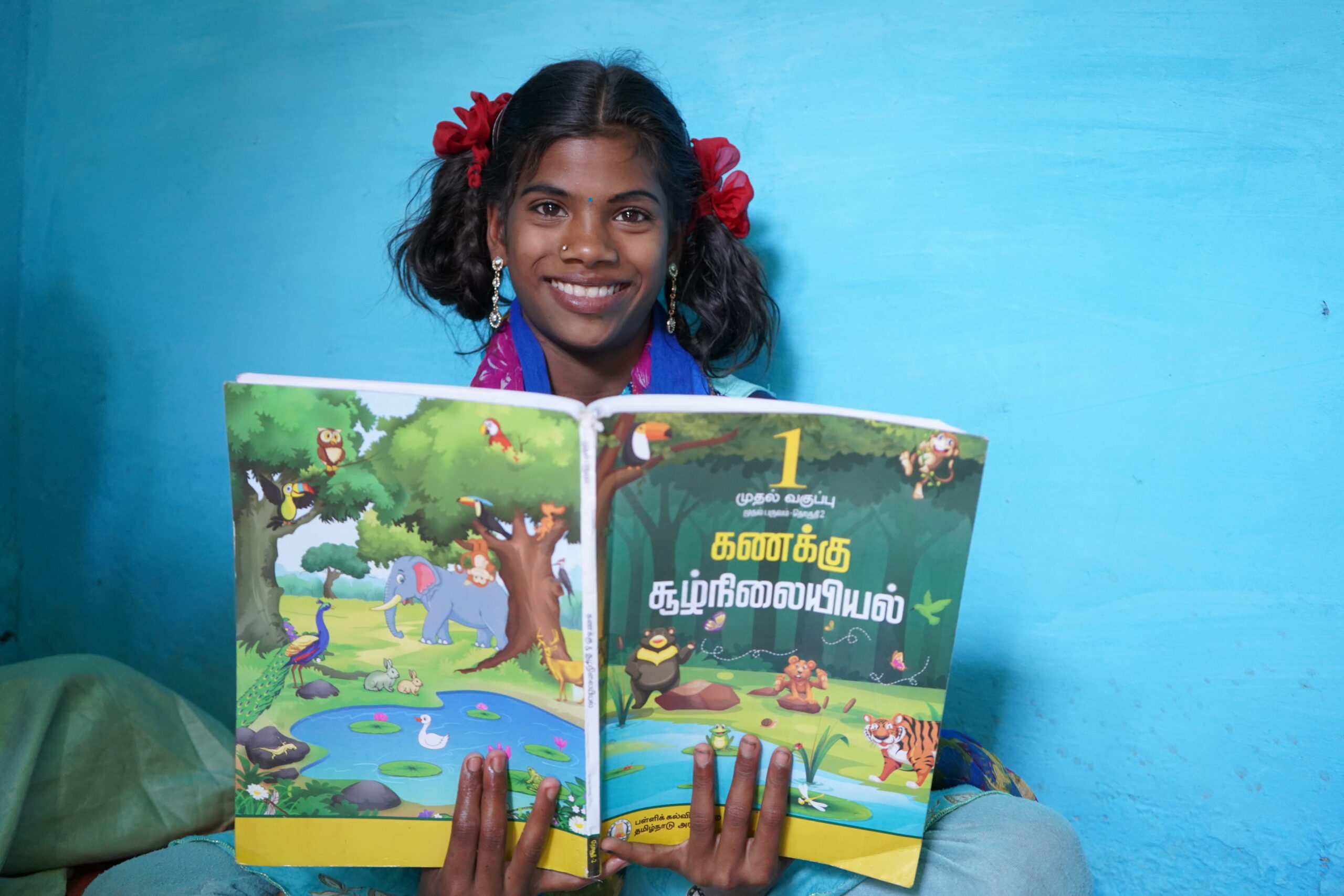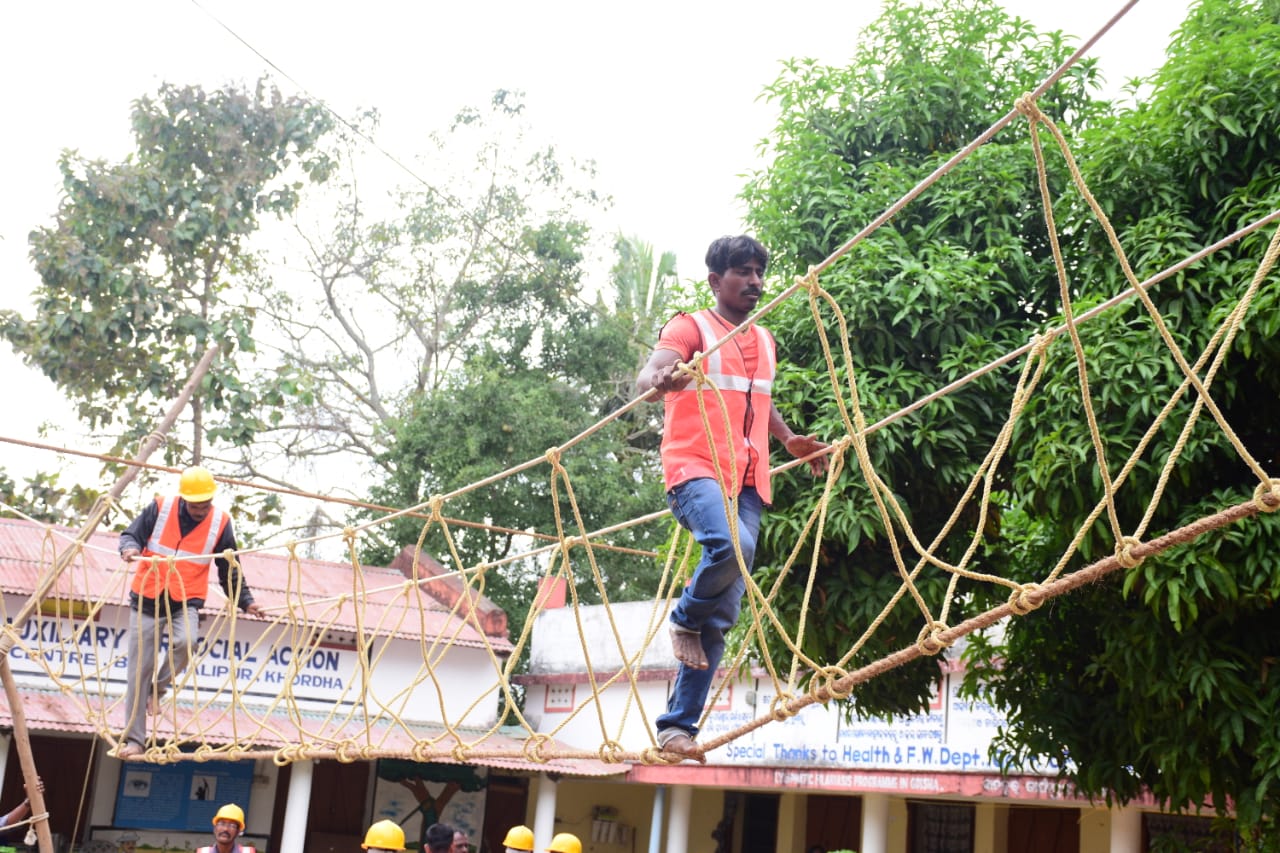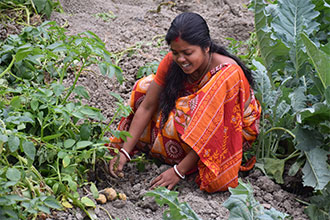CASA BLOGS

Addressing women on domestic violence
Introduction
The recently released blockbuster film “Thappad” sparked debates everywhere it went. Women on domestic violence is a problem that has existed for generations and is not particularly new. It is remarkable that this problem has not been solved and that the number of instances keeps rising despite the modernization of the 21st century. Discussions on such a popular subject are sparked when related movies are broadcast. When films like “Provoked,” “Agni Sakshi,” and “Suno” were released, a similar uproar ensued. Do we, however, fully comprehend the ramifications of domestic violence, its impacts, and its effect on coming generations? Do our laws have the teeth to hold the abuser accountable? Exist any tools or initiatives that can assist the victims in resuming their lives? The most crucial query is: What constitutes domestic violence?
It is challenging to get them (parents) to realize when there are no visible physical signs of abuse, says the lead actress in the film “Akashvani,” who was experiencing mental domestic violence. It is crucial to analyze and comprehend this section because, in the majority of the globe, only physical harm is regarded as domestic abuse, while social and mental health abuse receives less attention.
What is domestic violence
One way to define domestic violence is as a violent form of control one person exercises over another. It is often referred to as using various sorts of abuse to instill fear and control in a relationship. It can take many forms, including economic, sexual, psychological, and physical torture. Not only is this a societal problem, but it is also a grave violation of human rights that exposes the victim to social and health consequences. The victim can be anyone, regardless of age, gender, race, sexual orientation, class, or religion. The United Nations refers to it as “intimate partner violence,” where one person in a relationship exhibits behavior to gain control of the other through threat, emotional abuse, manipulation, hurting, injury, or economic abuse.
The first thing that springs to mind when someone mentions “domestic violence” is a violent act between partners, but the truth is that it can occur between any two individuals in a close, legal relationship. It could begin with verbal abuse and excessive domineering behavior before turning into physical and psychological torture. It is simple for the victim to judge violent behavior when the abuser physically assaults or tortures them, but in the majority of cases, the victims fail to recognize that they are being subjected to domestic abuse and mistakenly believe their abuser to be domineering, strict, overly concerned, or possessive of them.
It is critical to realize that women on domestic violence can affect many of a person’s relationships within a family and is not limited to interactions between spouses or partners. For instance, in India, the legal system has broadened the definition to include sisters, widows, moms, single women, and any other females residing in the same home. Therefore, both family members and intimate partners can engage in domestic violence. Domestic violence can take many different forms, including financial control, sexual assault, stalking, psychological abuse, physical abuse, and threatening behavior.
Women are allegedly more likely than men to experience this, women on domestic violence
. One in three women experiences domestic violence, according to a 2013 WHO study that examined data from nearly 80 countries. Over 80% of high-frequency victims are women, according to another UK report on domestic abuse and stalking from the Home Office Research. The phrase “domestic abuse” was frequently used in the context of violence against women since they were more vulnerable to it, and the traditional definition and conceptions of it were limited to abuse against women. It was lowered to that level by the patriarchal structure and male rule of society.
However, in more recent times, the idea has expanded and now encompasses violence against men as well. It is important to remember that, even in cases of domestic violence against men, women still account for the vast majority of victims. For this reason, many nations still define domestic violence in terms of women as the victim. The situation is still valid even for same-sex marriages or relationships.
Laws to protect women against domestic violence
The Prevention of Women Against Domestic Violence Act, 2005 is a special law in India that protects women from domestic abuse. The Acts give a remedy for any physical, emotional, financial, or sexual violence and also apply to women who are in live-in relationships. The Act outlines a number of rights that a woman may have even after she requests to be taken away from her family due to domestic abuse. In addition, any act of physically or emotionally abusing the lady of the house in exchange for dowry is punishable under Section 498 A of the Indian Penal Code. In cases of domestic violence, the provisions offered include nearly every facet of mental or physical health.
The meaning of “respondent” under Section 2(q) of the Domestic Violence Act of 2005, which clearly refers to males as respondents, was at issue in the case of Sandhya Wankhade v. Manoj Bhimrao Wankhade. The Court construed the caveat outlined in the provision and determined that respondents also fall under the husband’s female relations definition.
In another case, D. Veluswamy v. D. Patchaiammal, the definition of “aggrieved person” was expanded in accordance with Section 2(a) of the Domestic Violence Act, 2005. The Court outlined five prerequisites for a live-in relationship and ruled that live-in relationships are subject to the same women on domestic violence statutes as marriage and other domestic partnerships.
Conclusion
When the numerous contributing causes to women on domestic violence are examined, it is clear that the mentality and attitude of superiority in many cases is the main and most pervasive issue. This is the key factor that makes women more likely than men to commit such crimes. The centuries-old patriarchal structure is still in force and can exist in developed countries as well. However, as time has gone on, this element has undergone a small modification, and abuses of men have also become more common. This also applies to partners or marriages of the same sex. As a result, it’s critical to instill in kids a knowledge of rules and moral principles from an early age. It is important to raise public awareness of the laws prohibiting domestic violence and to take strict action to ensure that the law is adequately enforced. Such offenses should result in adequate reparations, resources, and training programs being made available to assist the victim in the future.
 Previous Blog Post The Ultimate Guide to Disaster Risk Management
Previous Blog Post The Ultimate Guide to Disaster Risk Management Importance of Menstrual Health and Women’s Empowerment NGO
Importance of Menstrual Health and Women’s Empowerment NGOFeatured Post

Empowering Rural Education in India:
14 Mar 2024
Introduction: In the vast tapestry of India, education is the key to unlocking the door to a brighter future. However, the challenge of providing quality education to the rural parts of the country persists. In this blog post, we will delve into the crucial role that Non-Governmental Organizations (NGOs) play in bridging the educational gap […]

Empowering the Future: Disaster Management Training for School Children in Disaster-Prone Areas
22 Feb 2024
Introduction: In the face of increasing natural disasters worldwide, it becomes imperative to equip our younger generation with the knowledge and skills necessary to handle emergency situations. Children, being one of the most vulnerable groups during disasters, can greatly benefit from disaster management training. This blog explores the significance of imparting such training, with a […]

Empowering Women: Transforming Lives Through Sustainable Livelihoods in Rural India
16 Feb 2024
Introduction: In the heart of rural India, a silent revolution is taking place as women embrace newfound opportunities for sustainable livelihoods. This transformation not only uplifts individual lives but also contributes to the overall development of communities. At [Your Organization’s Name], we are committed to driving positive change by providing women in rural India with […]



Leave a Reply
You must be logged in to post a comment.